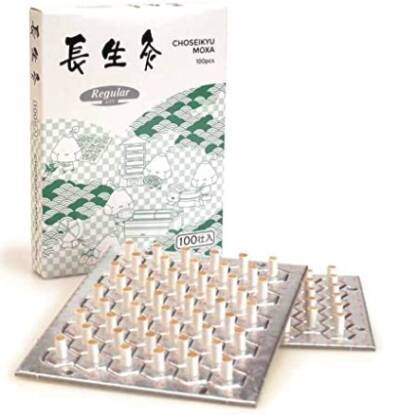ABOUT BUMBLEBEE CARE
Moxibustion
What is the difference between Traditional Japanese Acupuncture and Traditional Chinese Medicine (TCM)?
As in all medical professionals, it is very important to understand the difference training makes. The training of an acupuncturist in Japan versus the training of one in the United States or other parts of the world varies drastically.
First, Japanese acupuncture schools value hands-on experience. Acupuncturists because acupuncture is considered to be a trade and not a theoretical discussion. For example, Toyo Shinkyu Acupuncture School (the school attended by Maya Suzuki, L.Ac.) teaches over 4000 hours of combined hands-on technique courses in Japanese acupuncture and moxibustion:
- Three years of 5 days a week training in needle technique.
- Three years of 5 days a week in moxibustion technique.
- Three years of 5 days a week in the application on a variety of patients.
In comparison, schools in the U.S. offer mostly theoretical courses in Traditional Chinese Medicine (TCM):
One 2 hour class of hands-on moxibustion introduction.
One to two 2 hour classes of hands-on needle technique classes.
3000 hours of supervised in-clinic training
While both are giving ample time to utilizing the medicine in practice Japan puts more emphasis on the correct, gentle technique and application. TCM tends to be more aggressive and slightly more painful. Japanese acupuncturists tend to be more focused on techniques and adaptation of the medicine to the patient. TCM bases treatment more on protocols, theory, and herbal formulas.
So while both kinds of acupuncture work very well there are stark differences between the two. The trend in the acupuncturist community is to deepen professional skills via Japanese acupuncture. That is why Maya Suzuki has dedicated half of her professional career to translation and coordination of international courses that enable acupuncturists from around the world to learn Japanese style acupuncture.
Not sure which is right for you? Setup your first treatment and feel the difference for yourself!
Want to learn more about Japanese acupuncture? Contact Bumblebee now to find a qualified course in your area.
What will moxibustion feel like?
Moxibustion feels warm and relaxing. Sometimes it can feel like a sinking into a hot bath.
What is moxibustion, or moxa?
Moxibustion, or moxa, is just as important as the acupuncture needles in acupuncture and AcuTherapy. In Japan, moxibustion has a rich history. To become a licensed acupuncturist in Japan you actually have to take and pass a national moxibustion exam in order to practice. Those found practicing moxa without a license can be figned up to $150,000!
Moxibustion or “moxa” is a cotton-like substance that is made from a plant called mugwort. Mugwort is a very common herb that can be found on almost every continent in the world. It is thought to be one of the first medicinal plants that humans used when they migrated through the world. Mugwort leaves are a 5 pronged leaf that has small feathers on the bottom. Moxa is made by grinding down the dried mugwort leaves into a cotton-like substance.
How does moxibustion really work?
Moxa works by creating a heat-shock protein response. That means that every time the moxa is burned on the skin it creates new white blood cells in the body and boosts the immune system.
Recommended in-home stick-on moxa treatments



